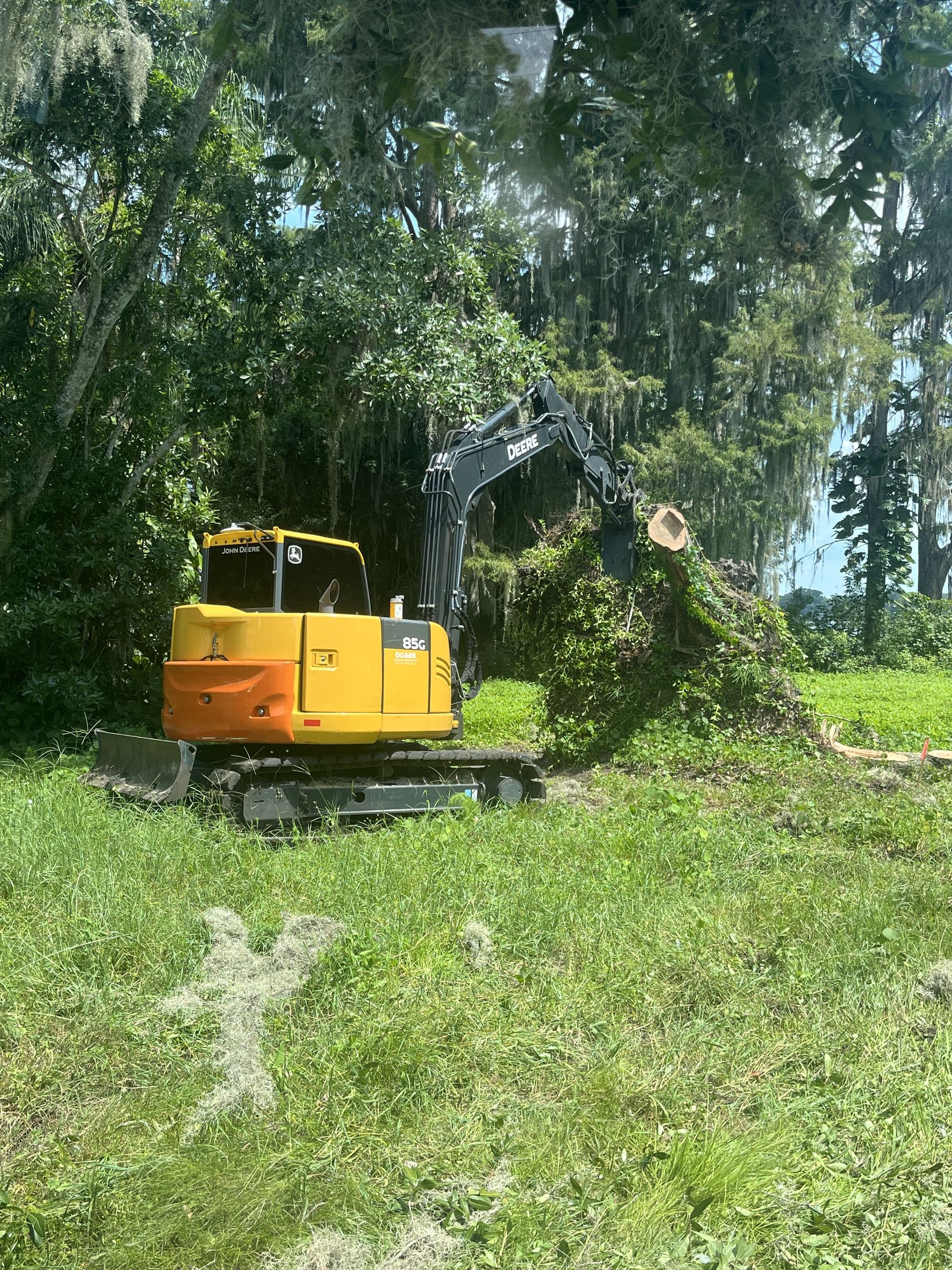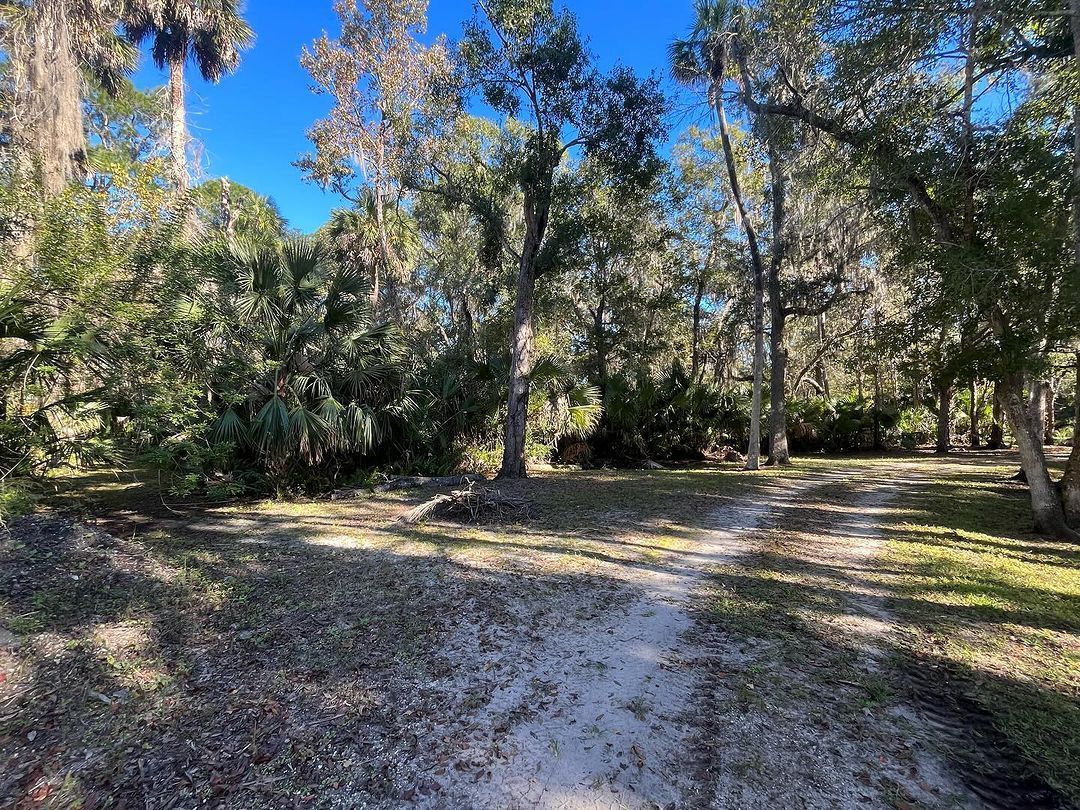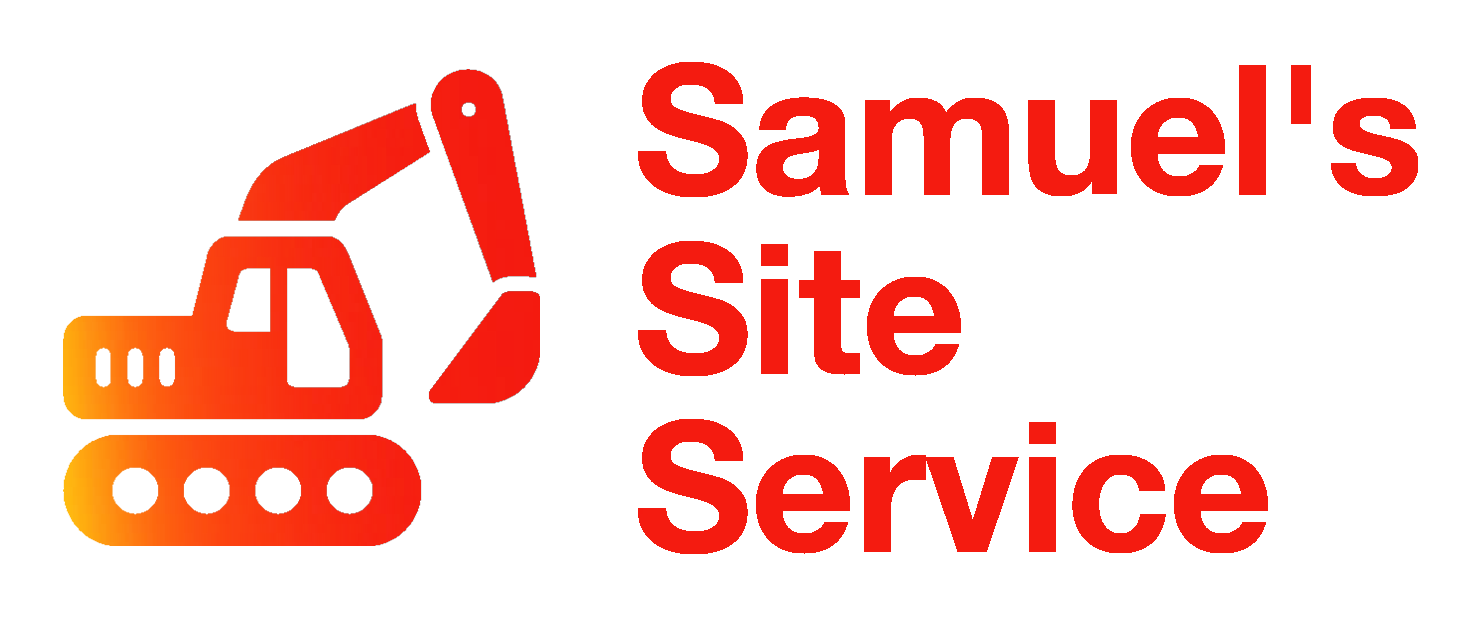5 Land Clearing Techniques Every Property Owner Needs to Know!
Need to clear some land? Here's your guide ...

If you’re a property owner, you’ve probably faced the challenge of clearing land at some point. Whether prepping for a new garden, building a shed, or creating extra space, land clearing can seem daunting. But here’s the good news – it doesn’t have to be! With the right techniques, you can tackle even the toughest overgrowth and obstacles.
In this blog post, we’re going to break down the top 5 land clearing techniques that you, as a property owner, need to know. From simple tools to heavy-duty machinery, we’ll help you figure out the best approach for your project.
Land Clearing Techniques for Property Owners
Mechanical Land Clearing – When You Need the Heavy Lifters
When you’ve got a lot of land to clear, mechanical land clearing gets the job done. Using heavy machinery like bulldozers, excavators, and track hoes, this method easily cuts through trees and brush. Sure, it’s time-consuming, but it’s incredibly effective. After clearing, dump trucks hauled the debris away, leaving your land ready for whatever project you’ve planned!
Plowing or Ripping- Clear the Land with Ease
Plowing and ripping are essential agricultural practices that help efficiently clear and prepare land for planting crops. Plowing involves turning over the soil with a plow breaking up the surface for better aeration and water penetration. This process also eliminates weeds, incorporates organic matter, and creates a seedbed suitable for planting. Farmers can improve soil structure and fertility by plowing the land, leading to higher crop yields.
Ripping, on the other hand, breaks up compacted soil layers using a ripper or subsoiler. It’s particularly useful for land compacted by heavy machinery or livestock traffic. Ripping enhances root penetration, water infiltration, and overall soil health. Additionally, it helps reduce soil erosion and runoff, promoting sustainable land management.
Both plowing and ripping are crucial steps in land preparation, and the choice between them depends on the land’s specific needs and desired outcomes. Farmers should carefully assess their soil’s condition—considering factors like soil type, compaction, and crop type—before deciding whether to plow or rip. By incorporating these practices into their land management, farmers can ensure optimal growing conditions and maximize productivity.
Burning-A Quick but Careful Approach
Burning can be a fast way to clear your land, but it’s important to do it responsibly. While not the most eco-friendly method, it can still be effective if you're following local regulations and safety guidelines. If done right, burning clears away brush and debris in no time, but always keep in mind the environmental impact and be cautious.
Chemical Methods-Easy, But Use with Care
Using chemicals like glyphosate can make land clearing a lot easier, especially if you're dealing with stubborn weeds and grasses. This method takes less effort than mechanical options, helping you keep unwanted growth under control. But remember, chemicals can have a negative impact on nearby plants and wildlife, so it’s important to consider all your options before committing. If you go this route, just be sure to follow the guidelines and use them with care!
Mulching-Clear the Land and Nourish the Soil
Mulching is an efficient, eco-friendly way to clear your land and improve its ground health at the same time. Using machines with rotating blades, this technique shreds vegetation into small pieces, leaving behind nutrient-rich ground cover instead of waste. This cover keeps weeds at bay and helps the ground retain moisture, setting the stage for healthy plant growth later on.
What makes this method stand out is how gentle it is on the ground. By minimizing disturbance, it protects the natural ecosystem, reduces ground compaction, and supports the soil’s microbiome—essential for long-term fertility. This process even helps prevent the spread of invasive species, ensuring that native plants can thrive and restoring balance to the environment.
Essential Equipment for Efficient Land Clearing
1. Chainsaws- A Must-Have Tool for Land Clearing
A chainsaw is one of the go-to tools for land clearing, especially when you're dealing with small to medium-sized trees. It’s powerful enough to bring down trees quickly and can even cut larger ones into smaller, manageable pieces for easy removal. Just remember, safety comes first—be sure to wear the right gear and follow the instructions closely when using a chainsaw.
2. Wood Chipper- Transform Debris into Valuable Mulch
A wood chipper is a powerhouse when it comes to turning branches and foliage into useful mulch or wood chips. For bigger land-clearing projects, a larger chipper will handle the job with ease, while smaller models are perfect for occasional use.
3. Skid Steer Loaders & Tractors- Heavy Lifters for Big Jobs
When you have a big area to clear, skid steer loaders and tractors are your best allies. These heavy-duty machines are built to handle tough jobs—hauling debris, lifting massive logs, and navigating rugged terrain with ease. They’ll save you time and energy, making even the most challenging land-clearing projects a breeze!
4. Brush Cutters & Mowers- Your Go-To for Clearing Overgrown Areas
Brush cutters and mowers are lifesavers for smaller land-clearing tasks. These units are great at quickly cutting through overgrown grasses, weeds, and even tougher plants like vines, reeds, and briars. If you're handling brush clearing without the need for heavy machinery, these tools are perfect for getting the job done efficiently and keeping your land looking neat in no time! For professional help, simply search for brush clearing near me to find local services that can assist with your project.
5. Augers- The Efficient Tool for Deep Digging
When you need to dig deep holes without the hassle, augers are the perfect tool for the job. Whether you choose a single-person model that attaches to a power source or a two-person gasoline-powered auger, these tools make quick work of what would take hours by hand. Augers save you significant time and energy, making them an essential tool for any project that requires digging deeper than a shovel can handle!
Best Methods for Clearing Land
Clearing land effectively starts with using heavy units like bulldozers and earth movers for tree clearing and removing bushes, stumps, and rocks. After that, any large boulders can be broken apart with a jackhammer, and you can fill in holes with ground. A farm vehicle or rake works perfectly to level the surface. If there are any leftover roots, dig them out with a shovel for a clean finish. For added protection, applying herbicides can help prevent weeds from growing back. This method saves time and ensures your land is ready for your planned project!
What Environmental Factors Should Be Considered in Land Clearing?
Land clearing can impact the environment, so it’s important to choose effective and responsible methods. Open burning, while useful, releases harmful toxins into the air, making it less eco-friendly. If burning is necessary, be sure to follow local regulations and do it with care. The best earth-friendly option is mulching, which helps retain soil moisture, adds nutrients and helps in erosion control. Mulching supports long-term soil health, making it a smart choice for maintaining your land and the environment. When planning your project or choosing land clearing services, always weigh the environmental effects of each method!
Mulching vs. Burning: Which is Better for the Environment?
Air Quality:
- Burning releases harmful pollutants like carbon dioxide and particulate matter, contributing to air pollution and posing health risks.
- Mulching produces no harmful emissions, making it a cleaner option for the environment.
Soil Health:
- Burning depletes ground nutrients and can lead to erosion.
- Mulching improves ground fertility by returning nutrients through the decomposition of organic material, also helping prevent erosion.
Biodiversity:
- Burning destroys microorganisms and insects, reducing biodiversity.
- Mulching preserves and supports biodiversity by providing a habitat for beneficial organisms.
Carbon Footprint:
- Burning releases carbon into the atmosphere, contributing to greenhouse gas emissions.
- Mulching helps sequester carbon, reducing its impact on climate change.
Overall,
mulching is the more environmentally friendly option, contributing to healthier ecosystems while effectively managing land resources.
How Much Time Does It Take to Clear an Acre of Land?
The time required to clear an acre of land can vary based on the scope of the work. If you're just dealing with overgrown vegetation, you can likely finish in about a day. However, if the job involves cutting down trees, brush removal, and leveling the ground, it could take five days or even longer. The timeline depends on the amount of work and the equipment used, so every project will be different.
Average Cost to Clear Land
When preparing for a land-clearing project, you must know the average cost to clear an acre of land and the average cost to clear land overall. Typically, the cost of clearing one acre is between $1000 and $5,650. Factors like tree removal, site accessibility, and site prep will influence the final price, so keeping these details in mind will help you budget more accurately!
What is The Cheapest Method of Clearing Land?
The cheapest way to clear land depends on the size of the area you're working with. For smaller plots, using simple hand tools like shovels, axes, or machetes is the most budget-friendly option. However, if you're clearing a larger area, mechanical methods using equipment like tractors or bulldozers can be more efficient and save you time in the long run. Choosing the right method comes down to balancing cost, time, and the size of your project.
What is The Risk of Land Clearing?
Land clearing can significantly affect the environment, especially the rivers and coastal areas. It often increases erosion, causing sediment, nutrients, and pollutants to flow into nearby waterways. This runoff can damage delicate ecosystems like coral reefs and seagrass beds, harming marine life and disrupting the balance of these habitats. It's important to be mindful of these risks and take precautions to reduce the environmental impact when clearing land, as this can also help minimize land clearing costs in the long run.
How To Find Reliable Land Clearing Contractor or Excavator Near Me?
- Check their equipment: Make sure they have the right tools and machinery for the job you need.
- Ask for referrals: Reach out to friends, neighbors, or local businesses for recommendations.
- Verify licensing and insurance: Ensure the company is licensed and properly insured to avoid any risks.
- Look for experience: Choose companies that deliver a proven track record in land clearing. Consider land clearing costs to ensure you're getting the best value for your project.
- Focus on safety: Confirm they follow strict safety protocols during the job.
- Review customer feedback: Read reviews and testimonials to understand their reliability and service quality
Frequently Asked Questions
What Are The Advantages Of Hiring a Local Land Clearing Company?
- Fast and affordable land clearing by local experts.
- Better project planning with knowledge of the local area.
- Increase property value and appearance.
- Ensures safety by removing hazards.
- Skilled in restoring land after clearing.
- Uses methods that reduce environmental impact.
- Provides a smooth, safe, and eco-friendly experience.
What is The Difference Between Land Clearing and Land Grading?
When you're preparing your land, it's helpful to know the distinction between land clearing and land grading. Land clearing is the first step—it involves removing trees, stumps, rocks, and other obstacles to open up your property. Once that's done, land grading steps in, which focuses on leveling the ground or shaping it to a specific slope. This ensures the land is even and ready for building or landscaping.
Get Expert Land Clearing and More with Samuel's Site Service
When it comes to land clearing, it’s necessary to use the right techniques to ensure your property is prepped properly.
At
Samuel's Site Service, we offer top-tier
land clearing,
land grading,
concrete services, and
hurricane disaster emergency cleanup in Debary, Florida, and throughout Volusia, Orange, Seminole, and Lake Counties. Whether you need
brush clearing services, tree removal, or tree stump removal, our team is equipped with the heavy equipment to handle the job efficiently.
For more information or to
get a free estimate, call us today at
(407) 562-8033 to see how our land clearing services can meet your needs!





